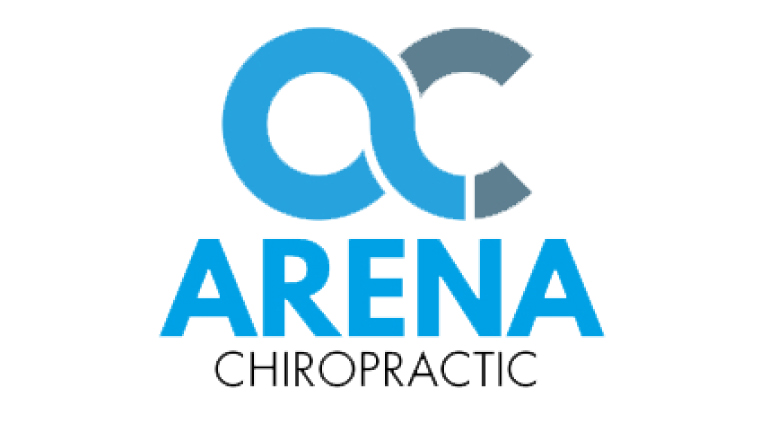We all know that Vitamin D is a critically important component in building strong bones and strong teeth. It turns out that Vitamin D has a vast number of additional functions.
For example, recent research shows that low Vitamin D levels is related to increased risk for diabetes as well as cardiovascular disease.1 Insufficient Vitamin D during pregnancy can lead to gestational diabetes as well as pre-eclampsia2 (pregnancy-induced hypertension), which may be life-threatening. Links between low Vitamin D levels and development of cancer have been studied for many years.3
Vitamin D insufficiency has been associated with mild depression, Alzheimer’s disease, and stroke, as well as with peripheral neuropathy, lupus, and fibromyalgia. It seems that Vitamin D has a huge impact on almost every aspect of our physical health. It makes sense for everyone to ensure they are getting enough Vitamin D on a daily basis.
How to get enough Vitamin D? The best source of this powerful vitamin is sunlight. The sun’s rays stimulate skin cells to produce the activated form of Vitamin D, cholecalciferol (Vitamin D3). Activated Vitamin D helps regulate levels of calcium and phosphate in the blood stream, helps maintain normal bone mineralization, and helps regulate nerve function, the immune response, and genes responsible for cell growth, differentation, and cell death. These genetic regulatory functions are associated with Vitamin D’s role in cancer prevention.
Back in the day, people were outdoors much more than they are in the 21st century. There were no text messages, no multiplayer games, no social networking sites (people actually “networked” by meeting each other in physical space), and definitely no computers that occupied less than entire room’s worth of square feet.
Our modern lifestyle causes us to stay indoors, far away from the healthful rays of the sun. Oh wait – the sun’s rays aren’t that healthful anymore because of pollution and radical degradation of the ozone layer by excessive accumulations of free radicals in the atmosphere. The resulting increased exposure to ultraviolet-B radiation from the sun can cause skin cancer in those who are susceptible and do not protect themselves with sunscreens.
To balance the daily requirement for Vitamin D with the opposing need to avoid undue exposure, most studies recommend getting 15 to 30 minutes of unprotected sunlight several times per week (two to four such expeditions each week are sufficient). Importantly, studies demonstrate that three out of four Americans have Vitamin D deficiency. Vitamin D deficiency affects more than one billion people worldwide.
Vitamin D supplementation may also be recommended, particularly for those who live in sun-deprived climates and for most people in winter. Two thousand IU of Vitamin D3 is typical daily dose.
1Swales HH, Wang TJ: Vitamin D and cardiovascular disease risk: emerging evidence. Curr Opin Cardiol July 7, 2010 (Epub ahead of print)
2Lapillonne A: Vitamin D deficiency during pregnancy may impair maternal and fetal outcomes. Med Hypotheses 74(1):71-75, 2010
3Edlich R, et al: Scientific documentation of the relationship of vitamin D deficiency and the development of cancer. J Environ Pathol Toxicol Oncol 28(2):133-141, 2009




